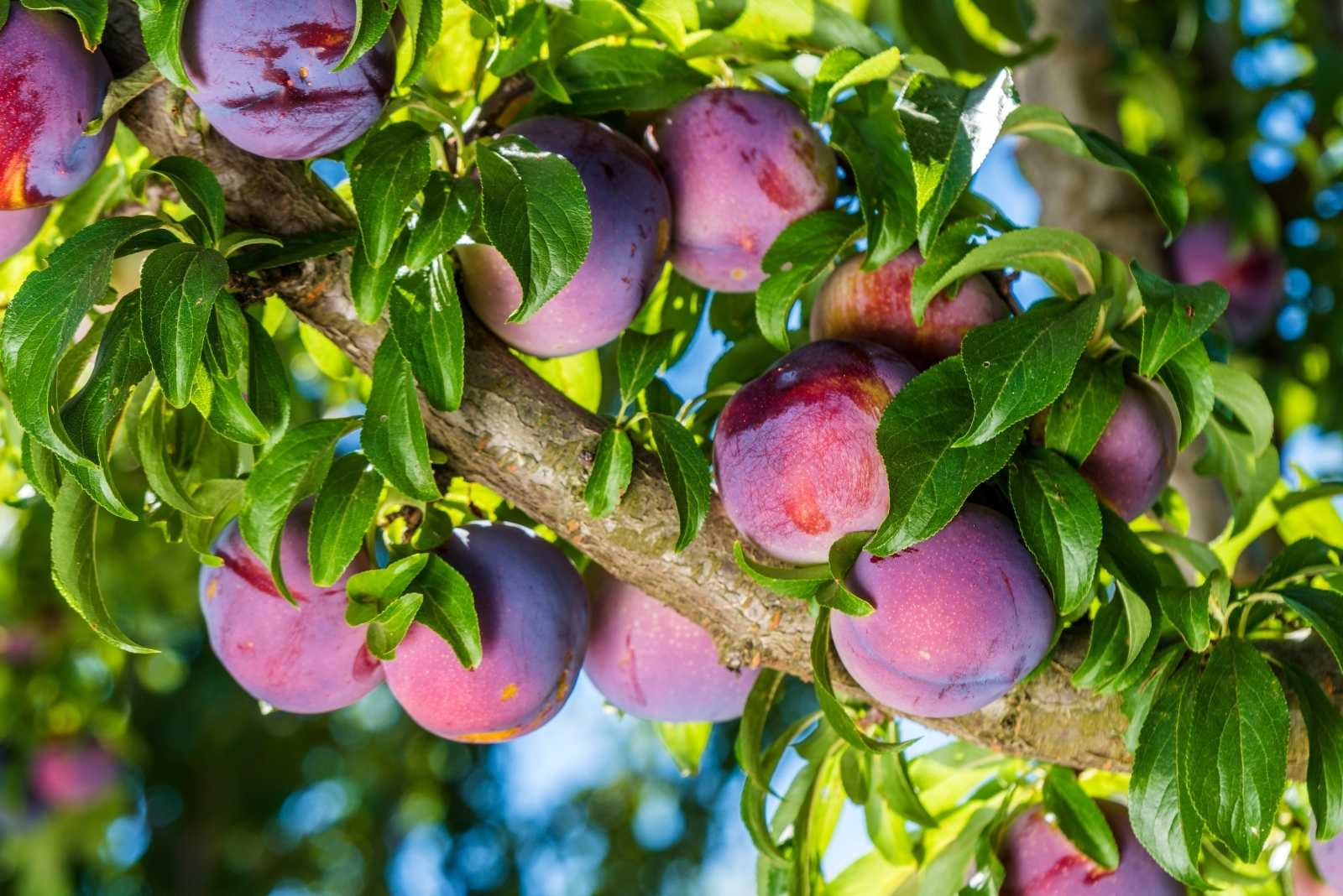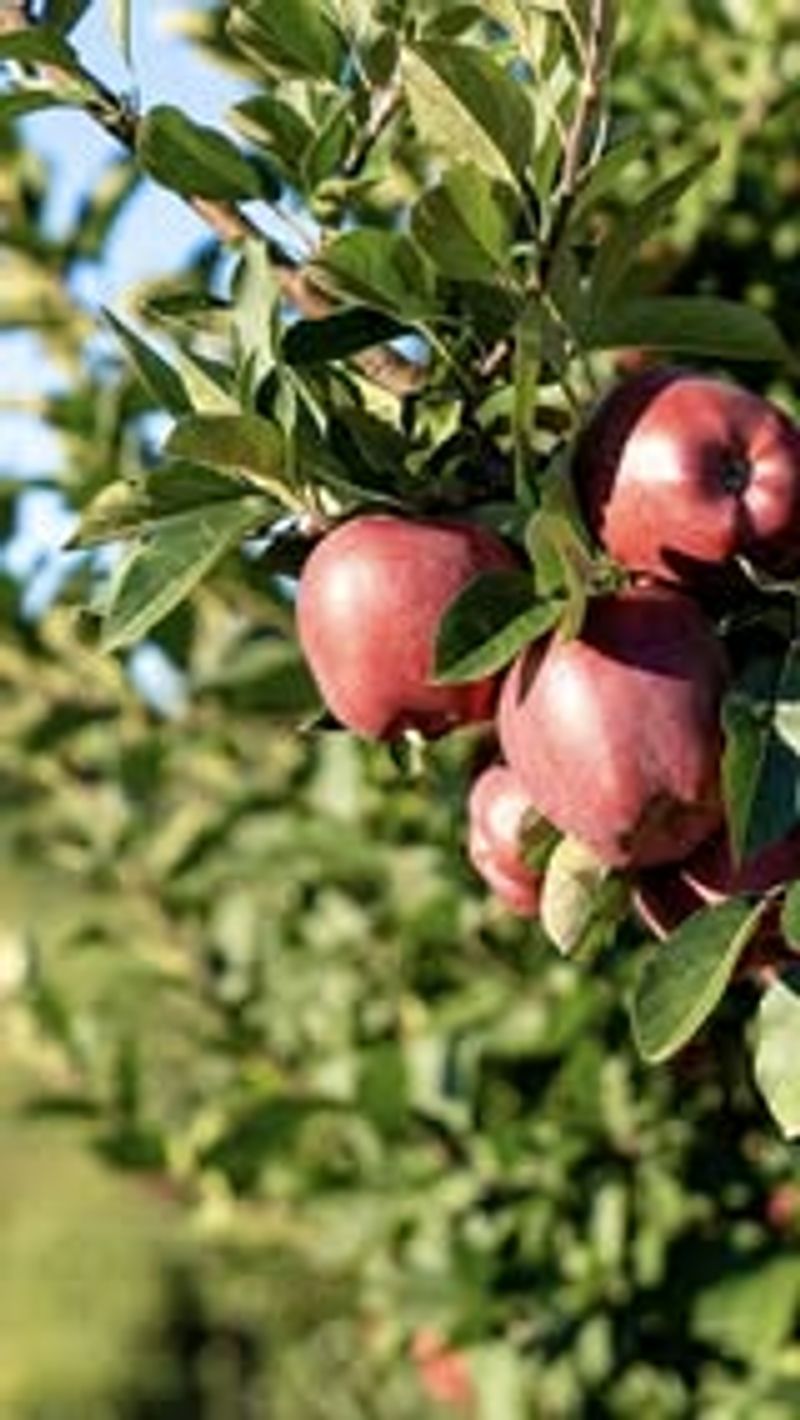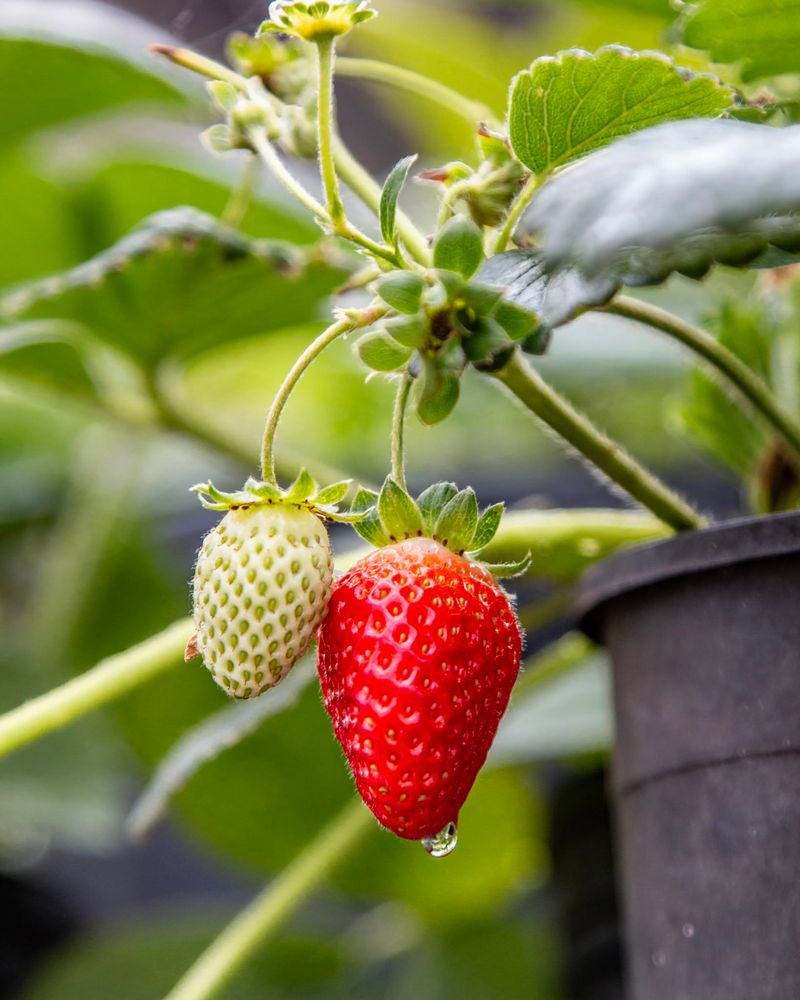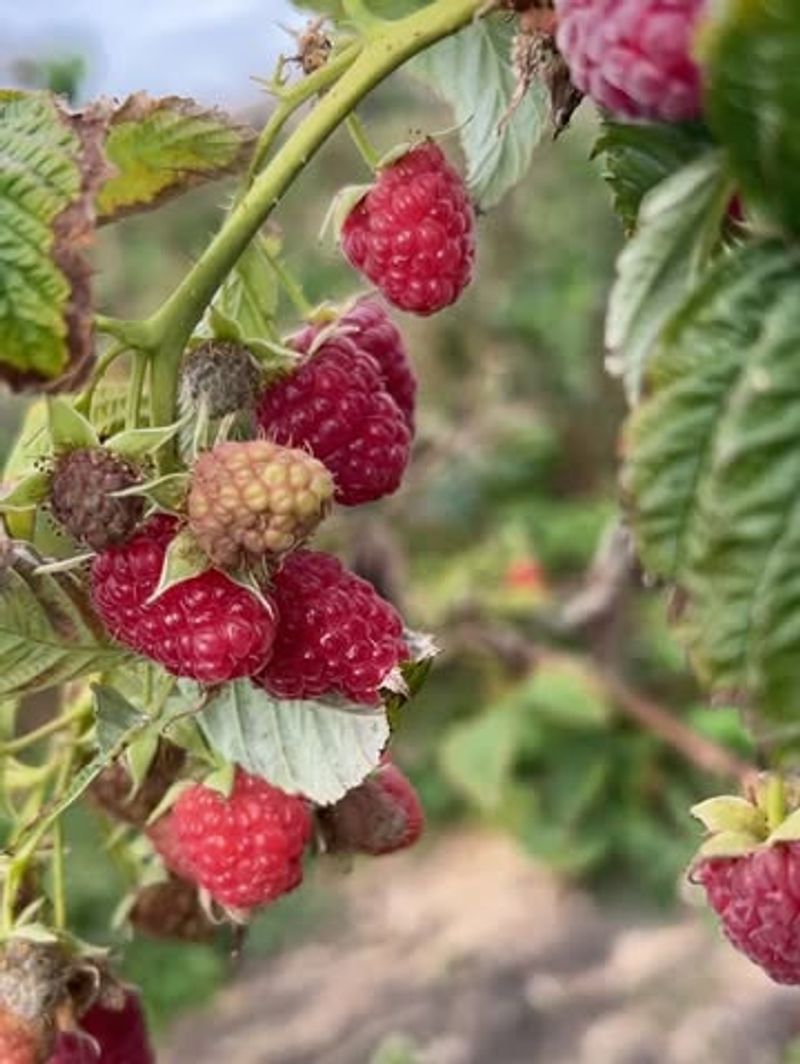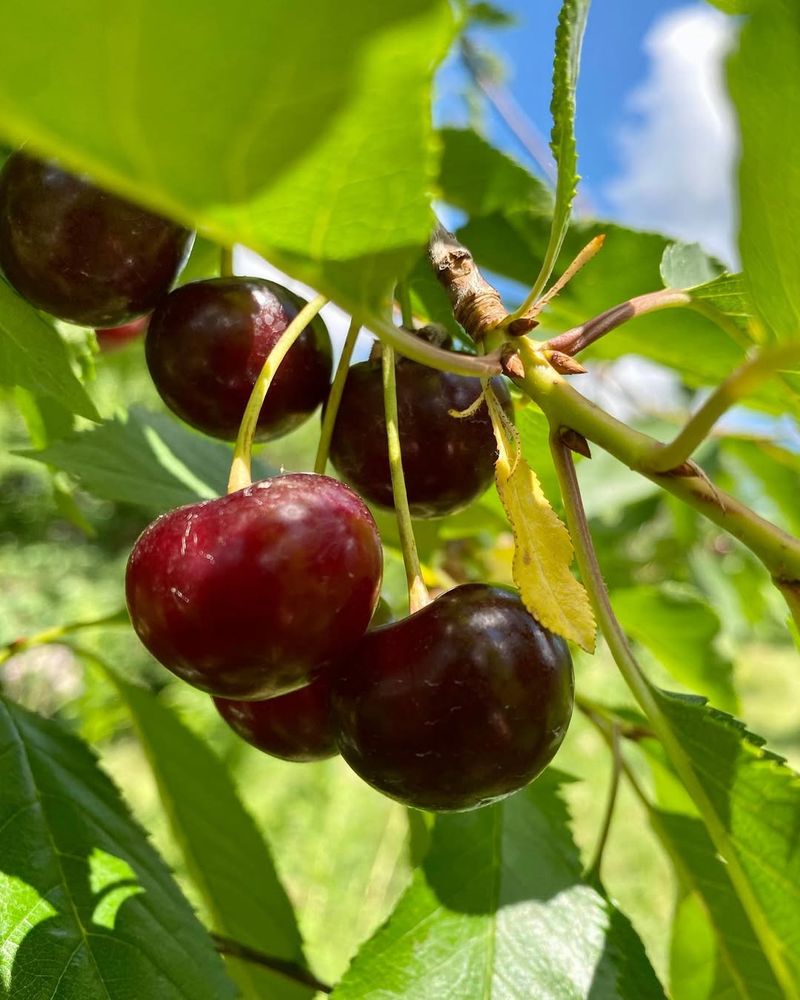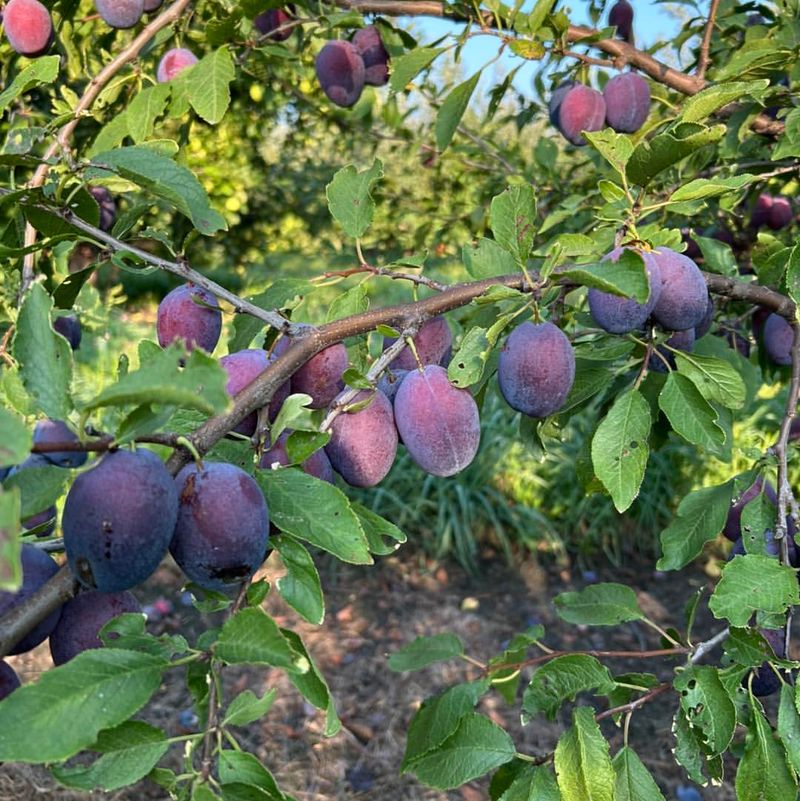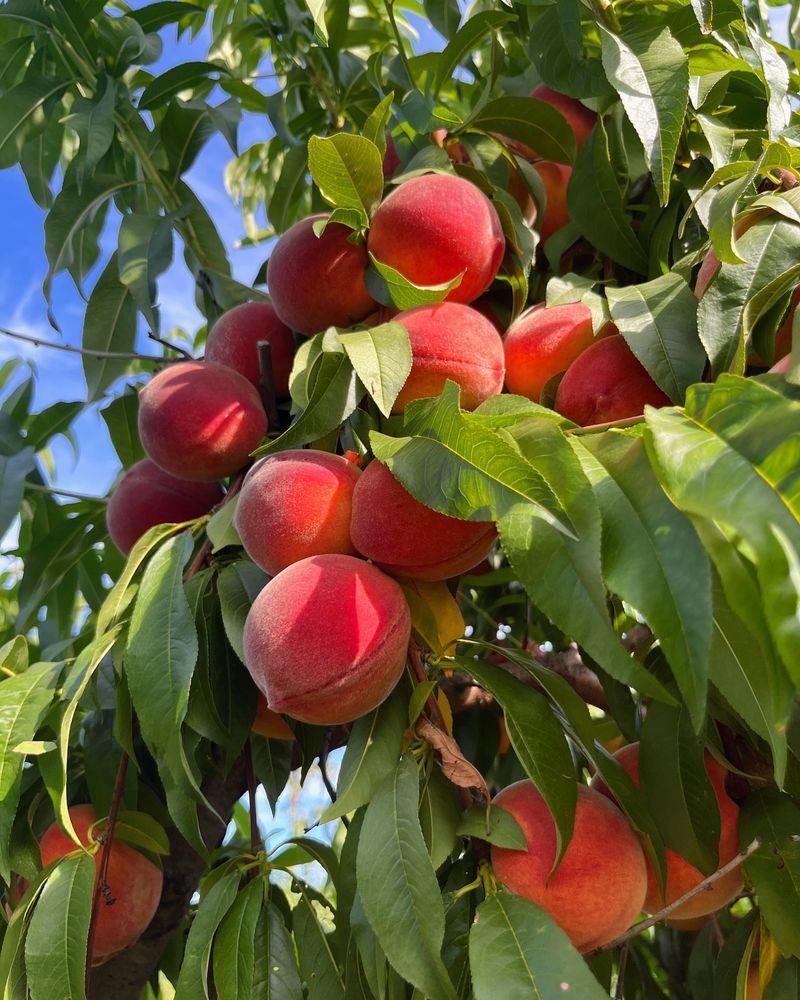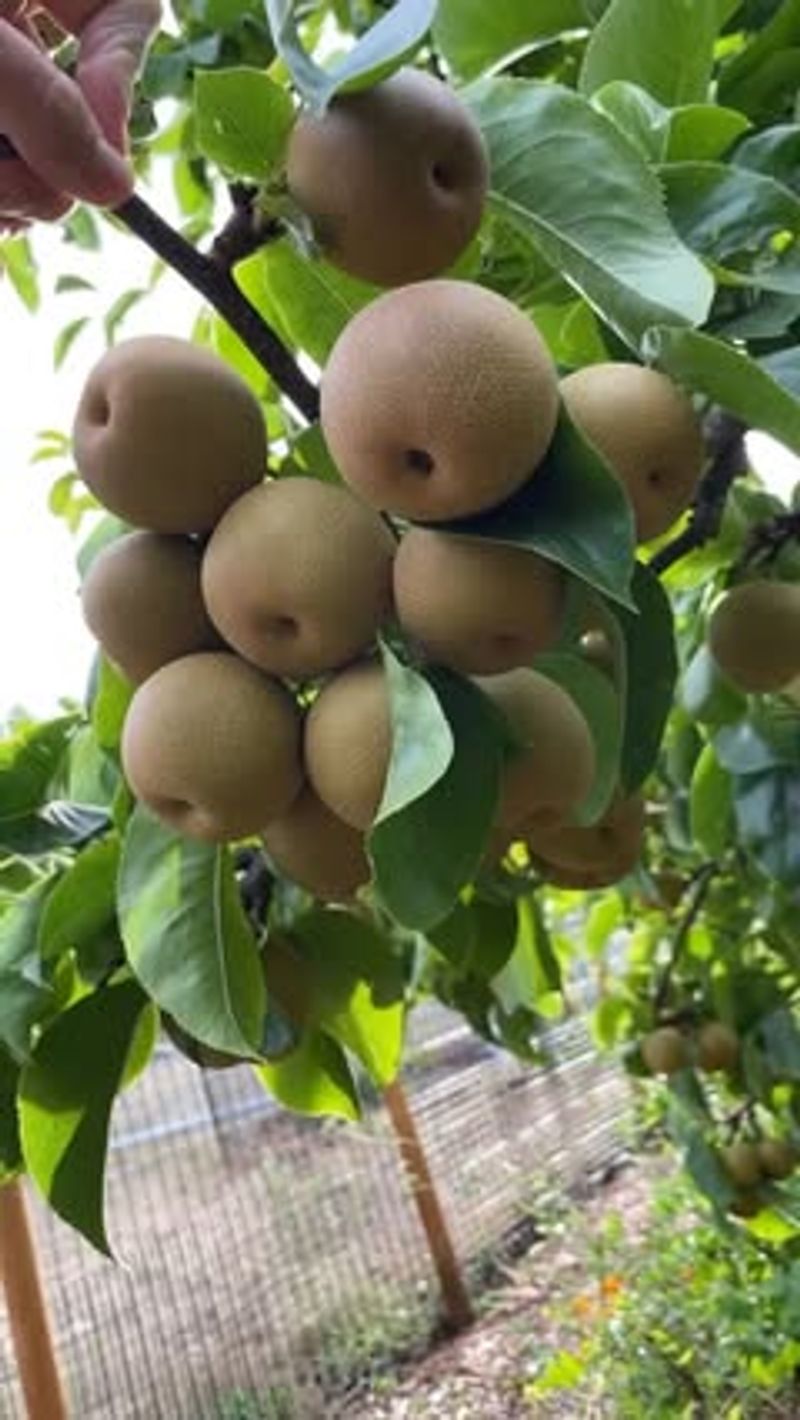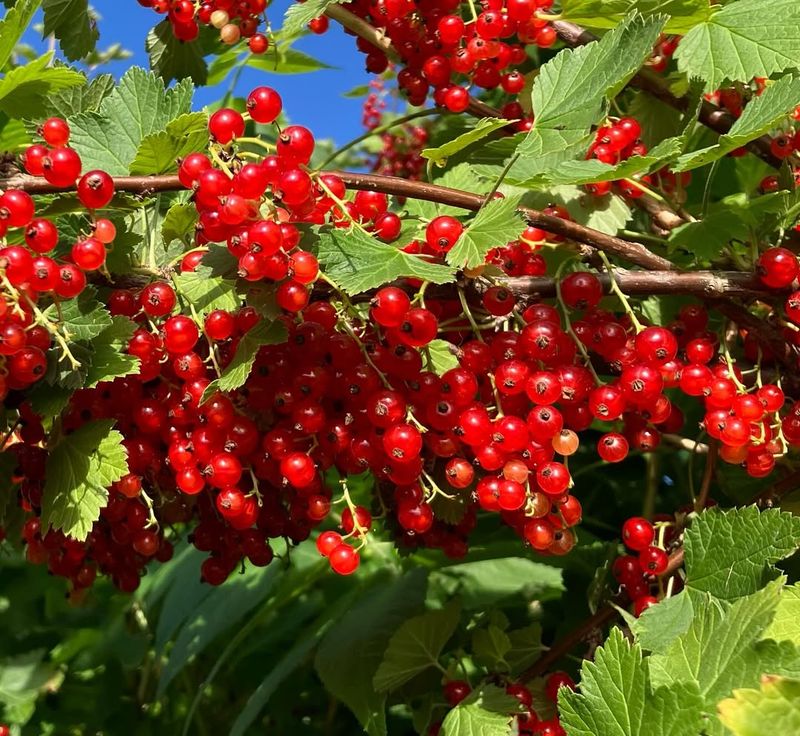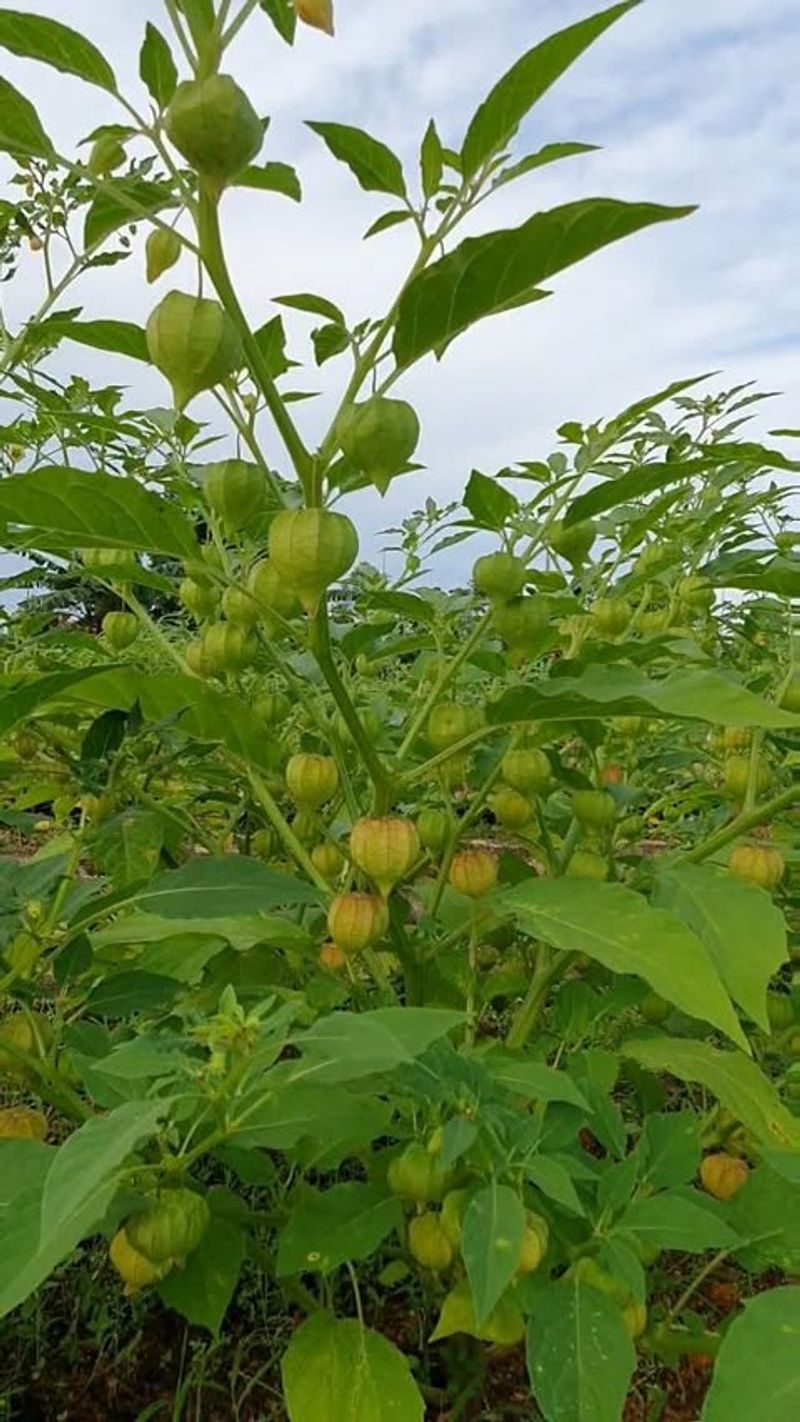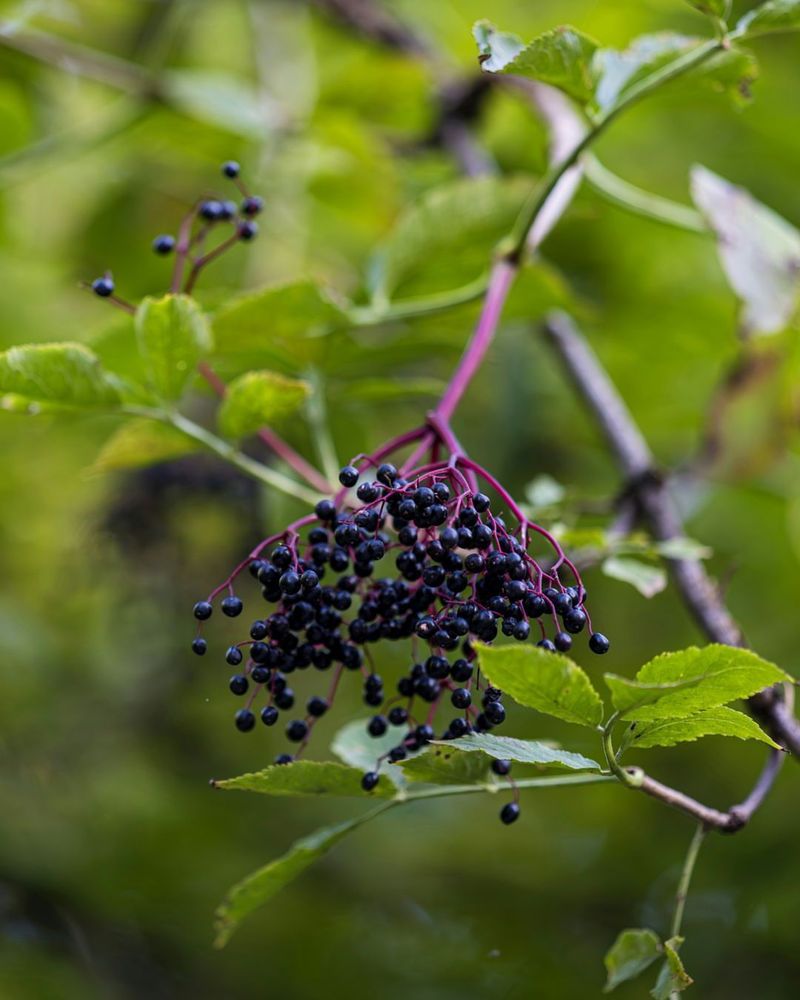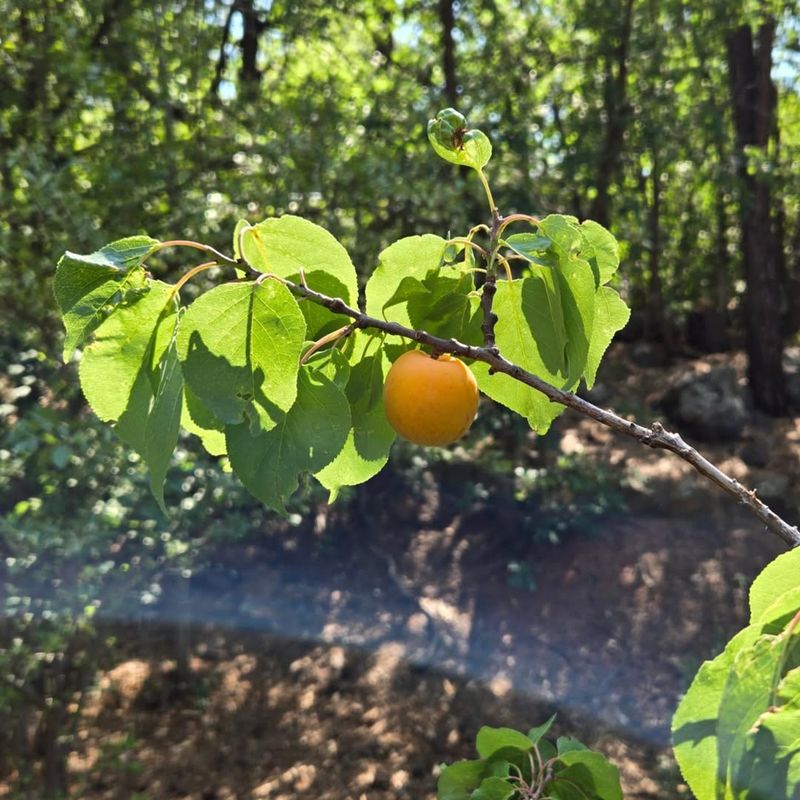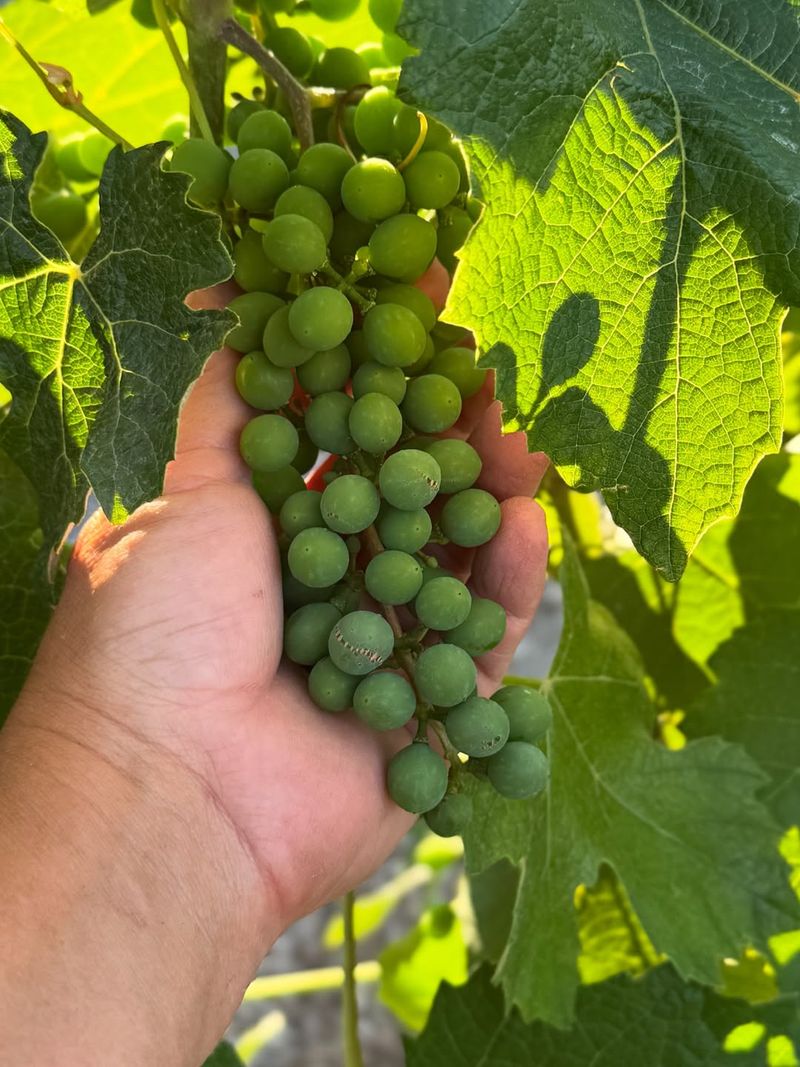Colorado’s crisp fall weather is ideal for starting certain fruits from seed. I’ve found it’s one of the easiest and most satisfying gardening projects this time of year.
The wait pays off with fresh, homegrown rewards later on. Here are twelve fruits that are absolutely worth planting in October.
1. Apples
Colorado’s climate suits apple trees remarkably well, especially cold-hardy varieties that can handle temperature swings. Starting from seed takes patience since trees need several years before producing fruit, but the process is incredibly satisfying.
Plant seeds about an inch deep in well-draining soil and keep them moist through winter. Come spring, you’ll notice tiny seedlings emerging that will eventually grow into sturdy fruit-bearing trees perfect for Colorado’s unique growing conditions.
2. Strawberries
Did you know strawberry seeds are actually on the outside of the fruit? Collecting seeds from store-bought strawberries works great for October planting in Colorado gardens.
Scatter the tiny seeds on moist soil without covering them completely since they need light to germinate. Colorado gardeners love strawberries because they’re hardy perennials that return year after year, producing sweet berries that taste far better than anything from the grocery store.
3. Raspberries
Raspberry seeds require cold stratification, making October perfect timing for Colorado planting. Extract seeds from fresh raspberries, clean them thoroughly, and plant them in containers filled with sandy soil.
Winter’s natural cold cycle mimics their ideal germination conditions. Colorado’s climate produces incredibly flavorful raspberries, and starting from seed means you’ll develop plants perfectly adapted to your specific garden microclimate, though patience is key since fruiting takes time.
4. Cherries
Cherry pits need months of cold exposure before sprouting, which makes Colorado’s October planting ideal for natural stratification. Sour cherry varieties typically perform better than sweet cherries in Colorado’s variable climate.
Clean the pits completely, plant them two inches deep, and mark their location carefully. By spring, you might see green shoots emerging that will eventually become beautiful flowering trees producing tart, delicious cherries perfect for pies and preserves.
5. Plums
Plum trees adapt wonderfully to Colorado’s climate, especially European varieties that handle cold winters exceptionally well. October planting allows the pits to undergo natural cold stratification throughout winter months.
Remove all fruit flesh from the pit, let it dry for a few days, then plant about three inches deep in loose soil. Colorado gardeners appreciate plums because they’re relatively low-maintenance once established and produce abundant fruit that’s fantastic fresh or preserved.
6. Peaches
While peaches can be tricky in Colorado due to late spring frosts, certain hardy varieties thrive when started from seed in fall. The cold stratification period helps break seed dormancy naturally.
Crack the hard outer shell carefully to expose the inner seed, then plant it two inches deep in well-draining soil. Colorado’s dry climate actually benefits peach trees by reducing fungal diseases, though you’ll need to choose planting locations wisely to avoid frost pockets.
7. Pears
Pear seeds benefit tremendously from Colorado’s cold October-through-winter temperatures, which naturally prepare them for spring germination. Asian pear varieties often perform particularly well in Colorado’s climate conditions.
Plant seeds about one inch deep and keep the soil consistently moist but not waterlogged. Colorado’s elevation and temperature variations create ideal conditions for developing cold-hardy pear trees that produce crisp, juicy fruit once they mature in several years’ time.
8. Currants
Currants are incredibly well-suited to Colorado’s climate, tolerating both cold winters and moderate summers with ease. Their tiny seeds need cold stratification, making fall planting absolutely perfect timing.
Mix seeds with moist sand, plant them shallowly, and wait patiently for spring sprouting. Colorado gardeners value currants because they’re packed with nutrients, make excellent jams, and the compact bushes fit nicely into smaller garden spaces while producing generous harvests year after year.
9. Gooseberries
Gooseberries thrive in Colorado’s cooler climate zones, producing tart berries perfect for pies and preserves. October seed planting takes advantage of natural winter stratification processes.
Extract seeds from ripe berries, clean them well, and plant in slightly acidic soil about half an inch deep. Colorado’s temperature fluctuations don’t bother these hardy plants, and they’ll reward you with unique-tasting fruits that most grocery stores never carry, making them special additions to home gardens.
10. Elderberries
Elderberries have gained popularity for their immune-boosting properties, and they grow remarkably well throughout Colorado. Seeds require cold stratification, so October planting works perfectly with Colorado’s natural seasonal cycle.
Plant seeds in containers with good drainage, keeping soil moist through winter. Colorado’s climate produces elderberries with concentrated flavors ideal for syrups and jams. Once established, these shrubs become quite large and productive, providing both medicinal benefits and beautiful landscape interest.
11. Apricots
Apricots bloom early, which can be challenging in Colorado, but selecting the right microclimate makes all the difference. Fall planting allows pits to stratify naturally through winter’s cold.
Clean pits thoroughly, crack the outer shell gently, and plant the inner seed about two inches deep. Colorado’s intense sunshine and dry air actually benefit apricot trees by reducing disease pressure, and homegrown apricots taste incredibly sweet and flavorful compared to store-bought varieties that travel long distances.
12. Grapes
Grape seeds take considerable time and patience, but Colorado’s climate can support certain cold-hardy varieties beautifully. October planting gives seeds the cold period they need for successful germination.
Soak seeds overnight, then plant them about half an inch deep in well-draining soil. Colorado’s sunny days and cool nights create excellent conditions for developing sugar content in grapes. Starting from seed means you’ll grow vines perfectly adapted to your specific location’s unique growing conditions and elevation.

